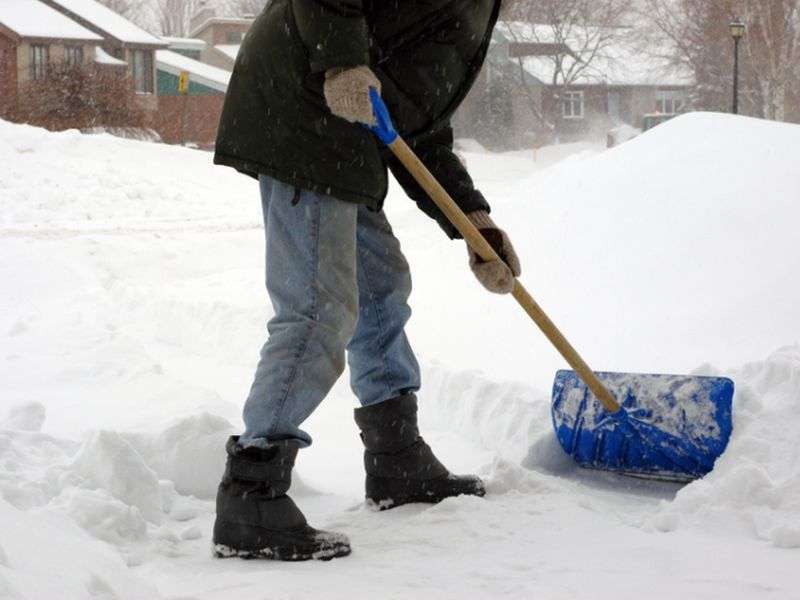Polar vortex takes aim at US

(HealthDay)—A polar vortex is expected to bring extreme cold and winds to the central and eastern United States this week, and millions of Americans are being warned to guard against frostbite and hypothermia.
Wind chills could fall to 30 to 40 degrees below zero in some areas. In such temperature extremes, exposed skin can develop frostbite in as little as 10 minutes, according to AccuWeather.
Hypothermia is another danger, especially for the homeless, the elderly and people who work outdoors. This occurs when your body temperature falls dangerously low, resulting in shivering, confusion and drowsiness. Each year, hypothermia kills more than 1,000 Americans, the U.S. Centers for Disease Control and Prevention said.
"It is important to take measures to stay warm, paying special attention to the head and scalp [as well as the nose, neck, and ears], which are often exposed to the cold air, and thus at risk for heat loss in cold temperatures," said Dr. Robert Glatter, an emergency physician at Lenox Hill Hospital in New York City.
You also need to dress in layers to prevent heat loss and wear sturdy insulated boots with thick wool socks, he said.
Hypothermia can occur "within 15 or 20 minutes if you're outdoors in below-freezing temperature without proper layering," Glatter said. Wet clothing, or lack of covering on exposed skin also makes you vulnerable.
"Alcohol use can also reduce your sensation of the cold, leading to an increased risk to developing hypothermia," he said.
Hypothermia can lead to heart failure and death, especially in people with heart disease, diabetes and high blood pressure, Glatter said.
"It is critical to call 911 and remove the person from the outdoors if you suspect hypothermia is developing," he added.
Along with bitter cold, the Weather Channel warns that a winter storm with snow, strong winds and ice may hit a large part of the United States later this week.
Glatter said shoveling snow or other physical activity during cold weather can significantly increase the risk for heart attack. This is especially true for people with chronic health conditions such as high blood pressure or diabetes, or those with a history of heart disease and stroke.
"It is quite important to take frequent breaks while shoveling, but also to keep yourself well hydrated both before and after shoveling. If you develop chest pain, difficulty breathing, dizziness, or arm or back pain while shoveling, stop and call 911," Glatter advised.
"I recommend using a smaller snow shovel or consider using a snow blower if you have to remove snow. Lifting heavy snow can potentially raise your blood pressure sharply as you lift. It's safer to lift smaller amounts more frequently—or if you can't lift it, just push the snow," he suggested.
Back injuries and pain can occur while shoveling. Falls and slips on slippery surfaces are also a risk.
"People should wear sturdy, insulated boots and walk slowly, looking carefully at both feet and the pavement in front of them to avoid any potential patches of ice mixed in with the snow," Glatter said.
He also recommended avoiding caffeine and alcohol immediately before or after shoveling, because they can lead to dehydration. He suggested drinking plenty of water before and after shoveling to keep well-hydrated.
More information: The U.S. Centers for Disease Control and Prevention has more on winter safety.
Copyright © 2016 HealthDay. All rights reserved.



















